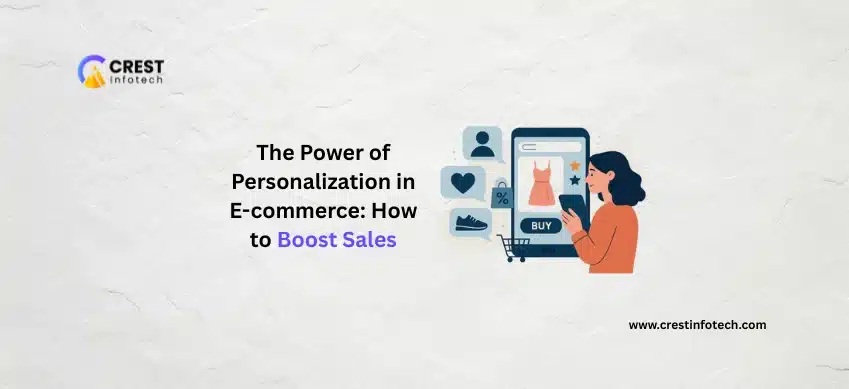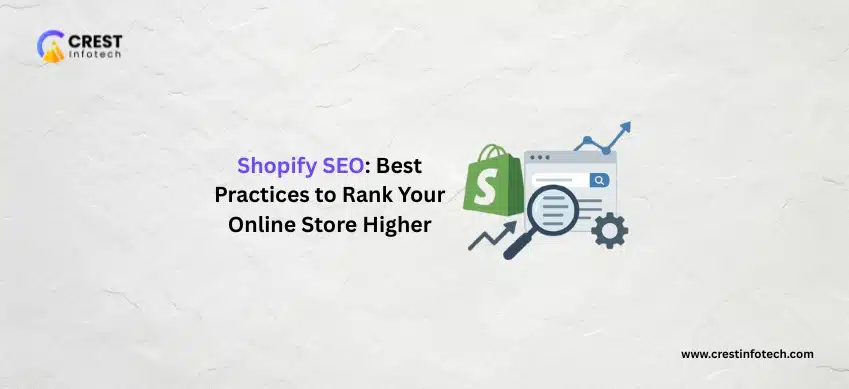In a crowded digital marketplace, personalization is no longer a luxury — it’s a necessity. Customers expect brands to understand their preferences, predict their needs, and offer a seamless, relevant shopping experience.
When implemented effectively, e-commerce personalization can lead to higher engagement, increased conversion rates, and improved customer loyalty. Let’s explore how personalization works, why it matters, and how you can apply it to your online store.
1. What Is E-commerce Personalization?
E-commerce personalization refers to tailoring the shopping experience based on individual user data — including behavior, preferences, demographics, and purchase history. This can involve:
- Displaying product recommendations
- Customizing email content
- Offering location-based promotions
- Adjusting homepage banners for returning users
“Personalization turns generic shopping into a unique experience that builds trust and drives action.”
2. Why Personalization Matters
Today’s consumers are overwhelmed by options. Personalization cuts through the noise by presenting relevant content at the right time. The benefits include:
- Higher conversion rates: Personalized recommendations encourage quicker purchases.
- Increased average order value: Upselling and cross-selling based on customer data boosts total cart value.
- Improved customer loyalty: Relevant experiences build trust and repeat engagement.
- Lower bounce rates: Tailored content keeps users engaged longer.
3. Key Areas Where You Can Apply Personalization
Homepage and Navigation
Show returning customers product categories or deals based on their previous visits or interests.
Product Recommendations
Use AI or behavior-based engines to display “You may also like” or “Recently viewed” suggestions.
Email Marketing
Send personalized emails featuring abandoned cart reminders, birthday offers, or location-based promotions.
On-Site Messaging
Use live chat or popups to offer personalized help or incentives based on browsing behavior.
4. Tools and Technologies to Enable Personalization
You don’t need to build everything from scratch. Plenty of tools and platforms offer built-in or add-on personalization features:
- Shopify: Apps like LimeSpot, ReConvert, and Klaviyo
- WooCommerce: Plugins like AutomateWoo, Recommendation Engine
- Email platforms: Mailchimp, ActiveCampaign, Omnisend
- Analytics tools: Google Analytics, Hotjar, Segment
Choose tools based on your store size, traffic volume, and customer lifecycle.
5. Collecting Data Responsibly
Personalization depends on data — but collecting it comes with responsibility. Be transparent and ethical about your data practices:
- Request only necessary information
- Make privacy policies clear and accessible
- Offer opt-ins for emails and tracking
- Stay compliant with GDPR and other regulations
Customers are more willing to share data if they receive clear value in return.
6. Measuring the Impact of Personalization
To understand what’s working, track KPIs such as:
- Conversion rate changes for personalized vs. generic content
- Average order value (AOV)
- Email open and click-through rates
- Customer lifetime value (CLTV)
Final Thoughts
Personalization is no longer just a trend — it’s a proven strategy for boosting customer satisfaction and driving sales. By leveraging customer data and using the right tools, you can create an experience that feels individual, relevant, and trustworthy.
Start small: personalize product recommendations, segment your emails, and build from there. The more value you offer through personalization, the more customers will keep coming back.



